Feeding cats gets tricky. Is wet food better or dry? Maybe a combination of the two? And then you’re confronted with the preference of your particular feline. Do they like poultry or seafood? And what are you supposed to do when they change their mind from one day to the next? You can’t bring the entire pet store home. But you also don’t want to waste food. Luckily, using canned cat food helps with ALL of those questions.
Wet or Dry Cat Food?
Cat owners often ask whether using a wet or dry diet is best for their felines. The answer isn’t black and white.
There are plenty of positive arguments in favor of canned cat foods:
- Wet food is well, wet. The higher moisture content provides hydration, which is important for cats that don’t drink well.
- Canned cat foods come in multiple flavors and variety packs. So your cat isn’t stuck with the same thing day-in and day-out.
- Wet food covers every possible texture: chunks,
paté, broth, and gravy. Again, it’s a nice variety.
However, for every positive, there’s a negative:
- The longer canned cat foods sit out, the drier (and grosser) they become. And cats like fresh food.
- Where dry food works well with crazy feeding schedules, wet food often doesn’t. So if you work late? You get an angry kitty.
- Canned cat foods smell. Sometimes, they downright STINK.
- Wet food doesn’t scrape tartar from teeth. This often leads to poor feline dental health.
A lot of owners split the difference and mix the two. Dry food stays out at all times, with canned cat foods appearing two or three times throughout the day. So long as you watch the calorie balance, it works. (This is how we do things in our house)
Feline Nutrition
There are THOUSANDS of canned cat foods out there. Walking through a pet store can get overwhelming. And splashy commercials and ads often provoke more confusion. How are you supposed to figure out which food is best for your cat?
“We have to remember that cats are not small dogs, and cats are not small people. Humans and dogs are omnivores, but cats need to eat a primarily meat-based diet because they can’t produce essential amino acids like taurine on their own. They have to obtain it from their food,” says Dr. Bruce Kornreich, Director of the Feline Health Center. As such, you want to look for one key thing on canned cat food:
The statement from the Feline Nutrition Expert (FNE) Subcommittee of the Association of American Feed Control Officials (AAFCO)
AAFCO maintains the health standards for pet nutrition. If you see their statement, the canned cat food contains the required taurine levels and other nutrients. Reputable brands will carry that statement. Boutique brands or specialized foods? They may not.
The Ingredient List
Marketing campaigns have led to A LOT of confusion about ingredient lists and nutrition labels. Owners stand in the canned cat food aisles, squinting at packaging and comparing products. And it CAN make you cross-eyed if you don’t know what you’re looking at.
"Owners are trained to look at the ingredient list as the only way to judge the quality of pet food. But it doesn't tell you anything about the quality of that ingredient or the nutrient provided in that ingredient."
Cummings Veterinary Medical Center at Tufts University provides the best explanation of nutrition labels you’ll find. (NOT commercials) And if you want a thorough list of canned cat foods with complete nutritional information? Dr. Lisa A. Pierson did ALL of the work.
In general, good canned cat food will average 45% protein and <10% carbohydrates. You need to make sure you look at ALL of the flavors in a variety pack, though. Different protein sources mean different nutrient profiles.
Choosing a Canned Cat Food
You know to check for the AAFCO statement, and you have an idea of what to look for on the nutrition label. Is that enough to pick a canned cat food? Not precisely. There are a few more things you want to keep in mind before you stock up your cart:
- Age: Canned cat foods often list a specific age group. Kittens, adults, and seniors have different needs.
- Kittens require more calories, higher immune support, and extra protein.
- Adults fewer calories and less protein.
- Seniors need reduced calories and higher taurine to support heart health.
- Fillers and Artificial Ingredients: Cats are obligate carnivores. They don’t need carbohydrate-heavy fillers (corn, wheat, potato starch). And there’s no point in fancy colors, unnatural flavors, or preservatives.
- Protein Source: “Fish” and “Poultry” are NOT quality proteins. You want to see tuna, chicken, turkey, or salmon. And NO plants. Vegan cat foods are NOT acceptable.
- Vitamins and Minerals: If there’s an AAFCO statement, you’ll see taurine in the ingredients. But additional vitamins and minerals to support digestion, the brain, heart, and eyes are always helpful.
- Portions: Once you open a can or pouch, canned cat foods start to dry out. A single portion makes feeding easy and prevents waste. Larger cans mean a need for refrigeration and drying of the food. And cats usually don’t like the old offering.
- Special Needs: Some canned cat foods promise to cure allergies or urinary tract issues. The odds are they won’t work as well as a prescription diet. Talk to your veterinarian if you see these problems with your cat.
- Grain-Free: Cats aren’t immune to the grain-free or boutique diet problem. If you note legumes or potatoes in the ingredients, skip it. However, MOST grain-free canned cat foods don’t contain suspect ingredients.
Best Canned Cat Foods
Whether you use canned cat foods as an occasional treat or incorporate them as part of the regular menu, you have plenty of options to choose from. Which is good, because cats often change their mind on what they want to eat. I remember standing in front of the shelves, picking up can after can, trying to decide what flavor my kitties might decide to eat that week. Bringing them along so they could choose felt like the easier option! Good thing that canned cat foods come in so many varieties (most of the time).
Now, it’s easy in our household. Everyone’s on the same prescription diet. Of course, we have to switch between the two flavors to keep everyone happy. Thank goodness they came up with that second option!
Crave emphasizes the protein level in their handy double-portion packs. You get 12%, with eight different flavors to choose from. The containers snap in half, making portioning a cinch. And while it’s grain-free, it doesn’t contain any suspect ingredients. They also add in extra vitamins to support your cat’s digestive health.
Downsides? While it’s handy to have the individual packs, they’re small. In fact, the recommended serving size for a 10-pound cat is SEVEN portions! That’s a lot. Also, cats aren’t wild about the food.
The Good
- 12% Protein
- 8 Flavors available
- Individual portions
The Bad
- Small portion sizes
- Cats don't like flavor
Contrary to popular belief, Fancy Feast is NOT “McDonald’s for cats.” The minced texture falls somewhere between shredded meat and a chewy pate. And those protein levels? Astounding! Depending on the flavor you pick, you can go as high as 56%! Meanwhile, the carbohydrates go down to a lowly 6%. They’re incredibly healthy, and they won’t break the budget – especially if you pick up a variety pack. Flavors cover every option from seafood to poultry (and everything in-between). You’ll also find any texture your kitty may want.
The downside? Purina recently changed some of the recipes, and cats don’t always appreciate the difference. Also, some people feel the cans are too small. You need to look at the calories appropriate for your cat before adding extra cans to the diet (or deciding the size is too small).
The Good
- Up to 56% protein
- Multiple flavors and textures available
- Individual portions
The Bad
- Recent recipe change
- Some owners feel cans are too small
Friskies is another canned cat food that covers the spread of flavors and textures. Beef, poultry, seafood – they have whatever your cat might wish. And they do everything from paté, to shreds, to chunks. You’ll find an option for your cat; there are over 101 varieties so far! They set a minimum of 10% protein for their foods, and always from a high-quality source.
So what are the downsides? Friskies DOES contain artificial colors (Red Dye #3 in a few of their canned cat foods). The recommended feeding instructions are also roughly one ounce/pound, so you’ll likely end up with leftover food you need to store.
The Good
- 10% Protein
- Multiple flavors and textures available
- Individual portions
The Bad
- Some flavors contain artificial colors
- May end up with leftover food
If you want another grain-free option, IAMS also has an easy portioning double-pack. Handy multipacks come in three different flavor options, and you can choose from tender cuts or paté. There aren’t any suspect ingredients to worry about, either. Simply pop open the pack, and you’re ready to go.
Downsides? These packs are convenient, but their size leads a lot to be desired. For every five pounds of weight, you need to feed FIVE packs! It’s not exactly cost-friendly. And while there aren’t any suspect grain-free ingredients, they use beet pulp as filler. Your cat doesn’t need plants in their diet. Finally, you WILL see salmon and tuna in the ingredient list – after the chicken. It’s kind of weird. And if you have seafood fans, they may turn up their noses.
The Good
- 10% Protein
- 3 flavors and 2 textures available
- Individual portions
The Bad
- Small portion sizes
- Contains beet pulp
- Chicken precedes tuna and salmon in ingredients
One of the newest crazes out there is pet food delivery services. And in the Just Food for Dogs branch, they offer a Just Food for Cats option. Utilizing USDA-inspected meats that meet standards for human consumption, they prepare unprocessed cat food. They have two kitchens in Irvine, California, and New Castle, Delaware, where you can observe the cooks at work or even pick up an order (if you’re nearby). Otherwise, you place your order online. The recipes are nutritionally balanced and meet AAFCO standards.
The downsides? Currently, they only offer one flavor for cats: fish and chicken. And you get an 18-ounce bag, which makes portioning and resealing tricky.
The Good
- 18% Protein
- Human-grade ingredients
- Delivered to your door
The Bad
- Only 1 flavor
- Comes in 18-oz. bag
Meow Mix is one of the most budget-friendly canned cat food options. They offer poultry and seafood favorites in convenient cups that make portioning easy. The chunks of real meat appeal to cats, and the creamy gravy keeps that moisture content high. They also include a healthy dose of vitamins to keep your kitty feeling their best.
So what are the downsides? That portion is on the small side. The recommended feeding instructions say 2-3 tubs per 4.5 pounds. You need to balance the diet, but that’s still a lot. Also, they use WHOLE fish. So you may see bones in the mixture. Cats CAN digest them (they’d eat whole fish, given the option), but it often freaks owners out.
The Good
- 10% Protein
- Multiple flavors available
- Individual portions
The Bad
- Small portion size
- Will see pin bones
Not every cat likes tender cuts or meat shreds; some prefer paté. Nature’s Valley offers six flavors or a handy variety pack of canned food for your picky feline. They pack 10% protein into each can – 95% of which comes from the high-quality meat source. And they skip any fillers or artificial ingredients.
Downsides? This grain-free diet DOES contain those suspect peas. On top of that, they mix in other vegetables and fruits your cat doesn’t need. Also, Nature’s Valley has a history of multiple food recalls: twice due to Salmonella contamination and once because owners found pieces of plastic in the food.
The Good
- 10% Protein
- 6 Flavors available
- Individual portions
The Bad
- Includes peas
- Includes vegetables
- Multiple recalls in the company
Nom Nom Now is another food delivery service catering to felines. You get human-grade ingredients, and they prepare a home-cooked recipe just for your cat. You answer a questionnaire, and they prepare a perfectly portioned meal appropriate to your cat’s age and weight. When it hits your doorstep, it’s ready to go right into your kitty’s dish. You decide how often you want to receive a delivery, too: weekly, biweekly, or monthly.
The downsides? They only have chicken or fish recipes, so you’re a little limited on flavors. Also, this much catering is EXPENSIVE. And they do add in veggies, which your cat doesn’t need.
The Good
- 18% Protein
- Human-grade ingredients
- Catered to your cat's age and weight
- Individual portions
- Delivered to your door
The Bad
- Expensive
- Only 2 recipes
- Includes vegetables
Do you want high-quality canned cat foods with a variety of flavors and textures? Look no further than Purina Pro Plan. With full-time board-certified nutritionists on their staff, as well as a research and development program, you get one of the best canned cat foods on the market. Look at the labels, and you’ll often see that critical protein level of 57% with only 6% carbohydrates – exactly where you want nutrition to fall. They offer grain-free formulations (no suspect ingredients), some that help with urinary health, and even those aimed at protecting brain development.
Before we needed to switch to a prescription diet, our cats ate Purina Pro Plan.
So what’s the downside? You will spend a little more on these cans than other canned cat foods.
The Good
- Up to 57% Protein
- Multiple flavors and textures available
- Individual portions
- Specialized formulas
The Bad
- Pricey
Does your cat have a sensitive stomach? There are prescription diets available, but they’re expensive. Luckily, Royal Canin has an over-the-counter option. They still use high-quality proteins in their canned food, but they use a more digestible formula. Your cat’s able to absorb all of the nutrients with no upset to their tummy. And YOU get a bonus of less smell in the litterbox! (Who doesn’t appreciate that?)
Downsides? While great for kitties with tummy issues, the protein levels aren’t that fantastic – only 7.5%. Fat’s really low, though – just 2% – so it’s a perfect weight management or weight loss diet And, as you might expect for healthy food, not all cats are fans.
The Good
- Specialized formula for sensitive stomachs
- Individual portions
The Bad
- 7.5% Protein
- Cat's don't like flavor
If you want a canned cat food that caters to your kitty’s age, look no further than Science Diet. Dividing up their options into the kitten, adult, and senior life stages, they make sure your kitty gets the proper protein, calories, and nutrients they need at each age. You can choose from chicken, ocean fish, or tuna, or splurge on a variety pack. And with a protein level of 40%, you won’t feel bad offering it to your kitty.
The downsides? While the protein’s high, so’s the fat – 26%. This works nicely as an occasional treat, but consider holding off as a consistent diet. It’s also pricier than other canned cat foods. And my cats HATED the taste.
The Good
- 40% Protein
- 3 Flavors available
- Individual portions
The Bad
- 26% Fat
- Cat's don't like flavor
Rounding out the food delivery options, you’ll find Smalls. They make sure to use human-grade, premium ingredients in their freshly-prepared meals. You decide whether to pick a mince or paté option for your kitty. And you can select from chicken, turkey, or beef (no seafood, unfortunately).
So what are the downsides? The food comes frozen, so you need to defrost it before feeding. And the trays come in 16-ounce packages. They mark 50-calorie increments and tell you how much to provide, but there aren’t individual portions.
The Good
- 12.5% Protein
- 3 Flavors available
- Human-grade ingredients
- Delivered to your door
The Bad
- Delivered frozen
- Single 16-oz. tray
Weruva is careful to use simple recipes with as few ingredients as possible. They emphasize the water content, ensuring your cat gets plenty of extra hydration. It also cuts down on calories, which helps kitties that need to lose a few pounds. They have THIRTEEN flavors to choose from, or you can pick up a variety pack and keep things interesting for your cat.
Downsides? Considering the water content, this is expensive canned cat food. They also use potato starch as a filler. It doesn’t add much to the carbohydrates (3%), but your cat doesn’t need the starch. And the manufacturer, Best Feline Friend, has a serious recall in its history from 2017. They sent out cans deficient in thiamine, which resulted in the deaths of cats in Australia. It’s something to keep in mind.
The Good
- 10% Protein
- 13 Flavors available
- High water content
The Bad
- Expensive
- Contains potato starch
- Manufacturer responsible for thiamine-deficiency recall
Soup’s On!
Cats have a reputation for picky appetites. And there’s no doubt they’ve earned it. They appreciate the routine of regular feedings, but getting the same food all the time? They’re not fans. Canned cat foods allow you to change the texture and flavor while still keeping the same brand and diet. It’s a nice little compromise.
As long as you watch your calories – and consider balancing wet and dry food together – canned cat foods are an acceptable part of any feline’s diet. You’ll find yourself with a kitty looking forward to mealtime – instead of snubbing the bowl!

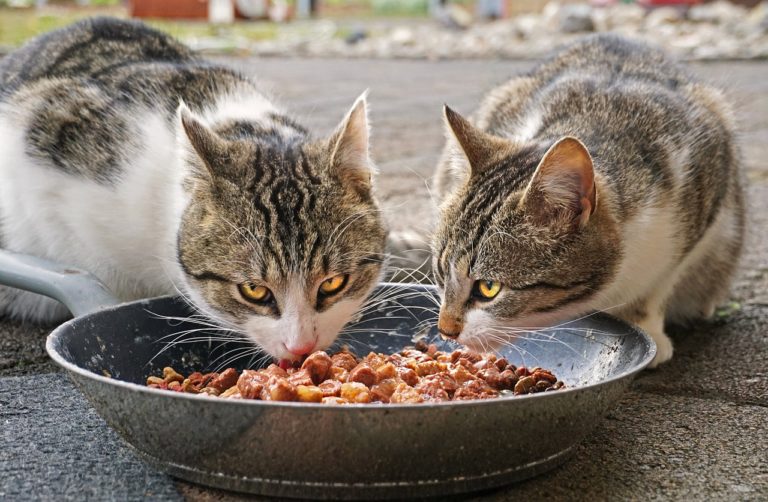
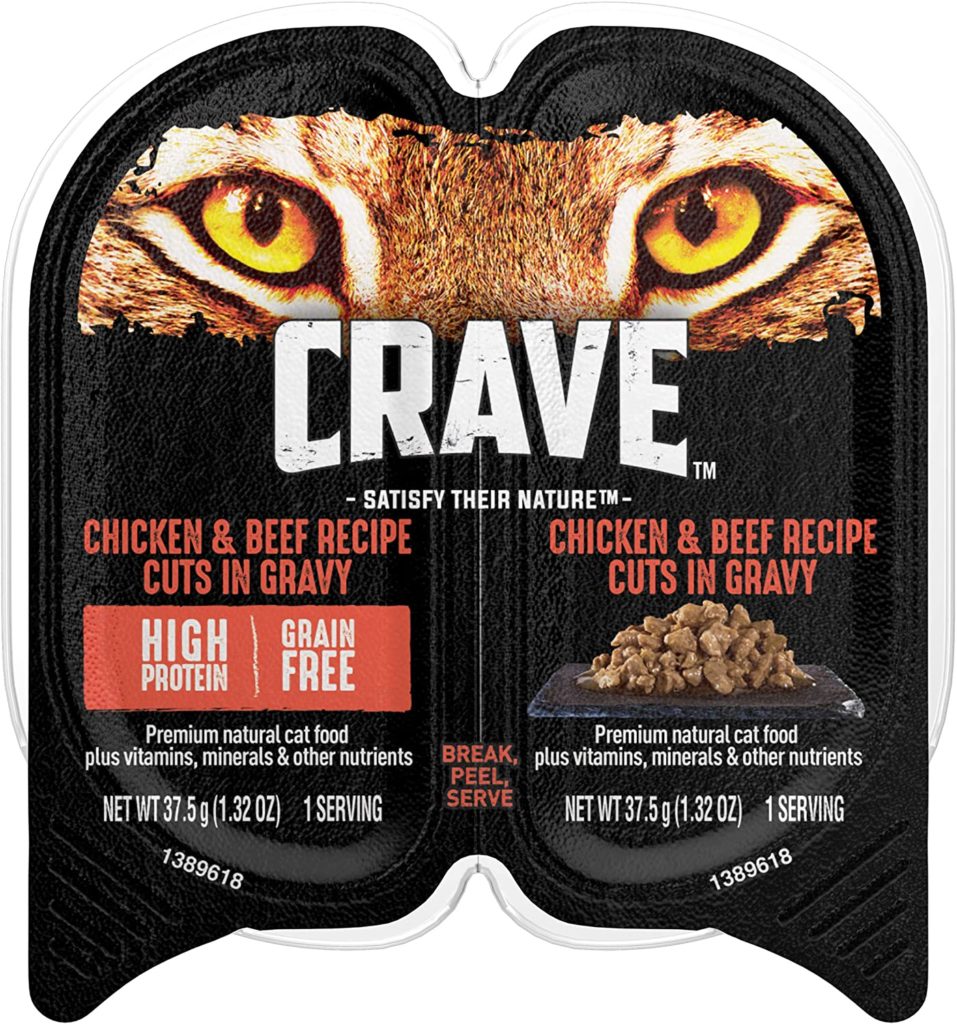
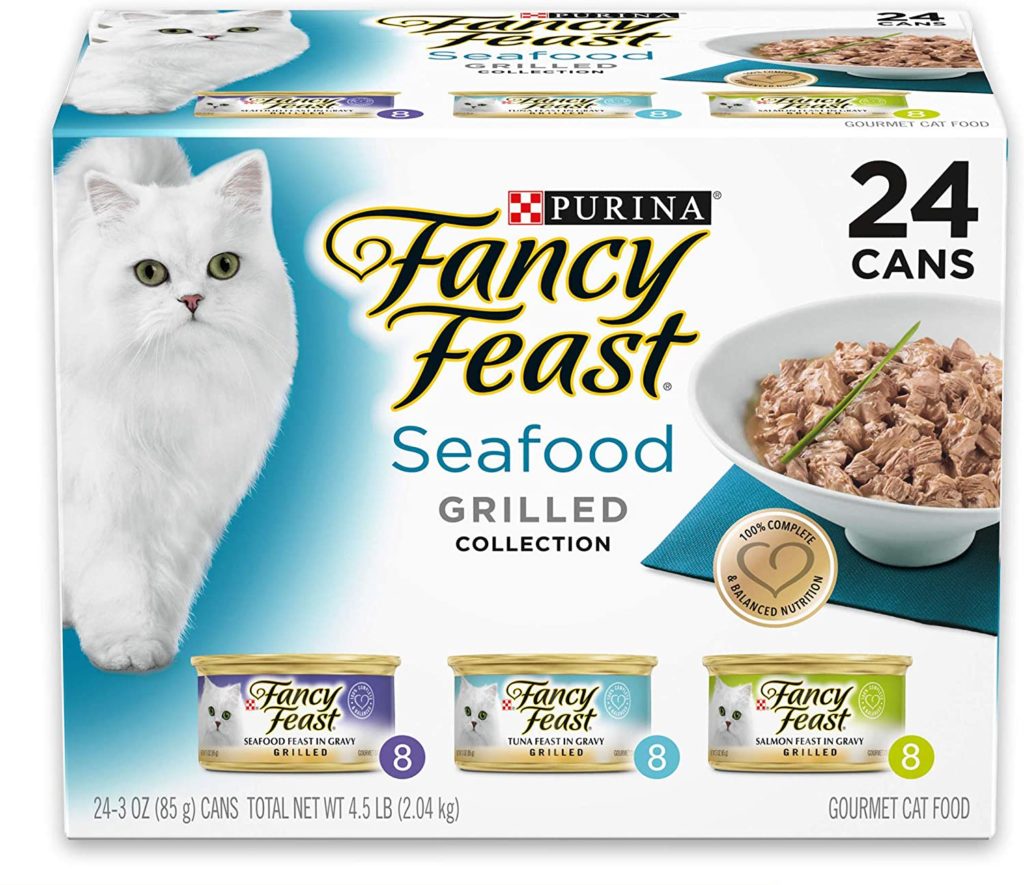
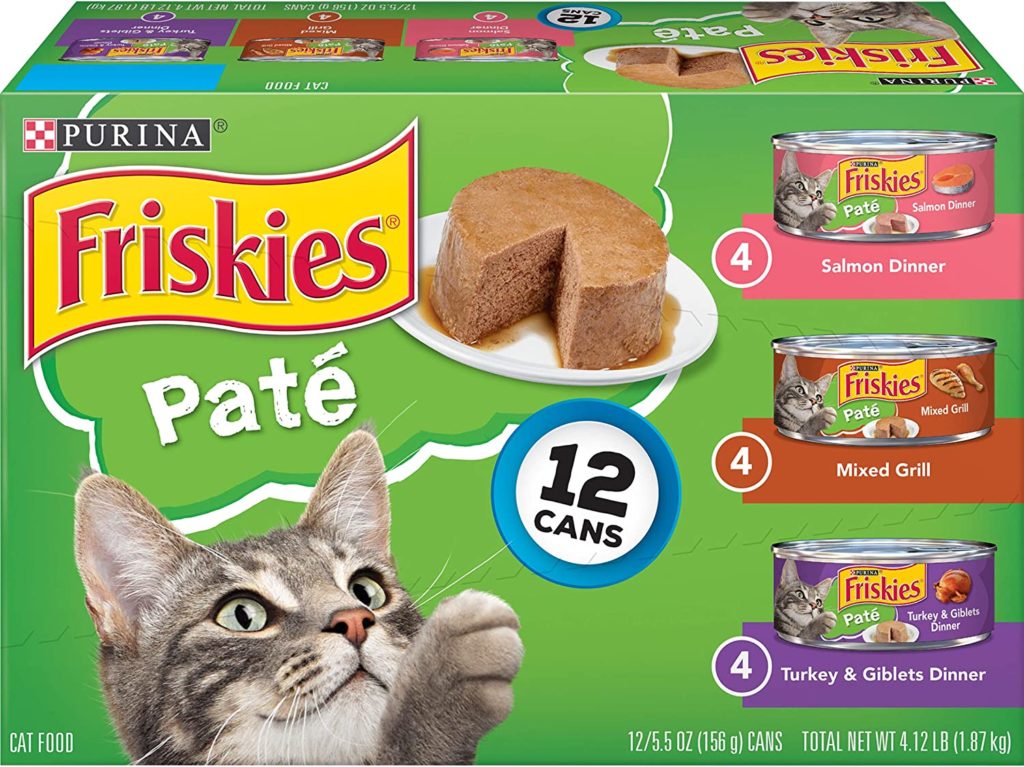
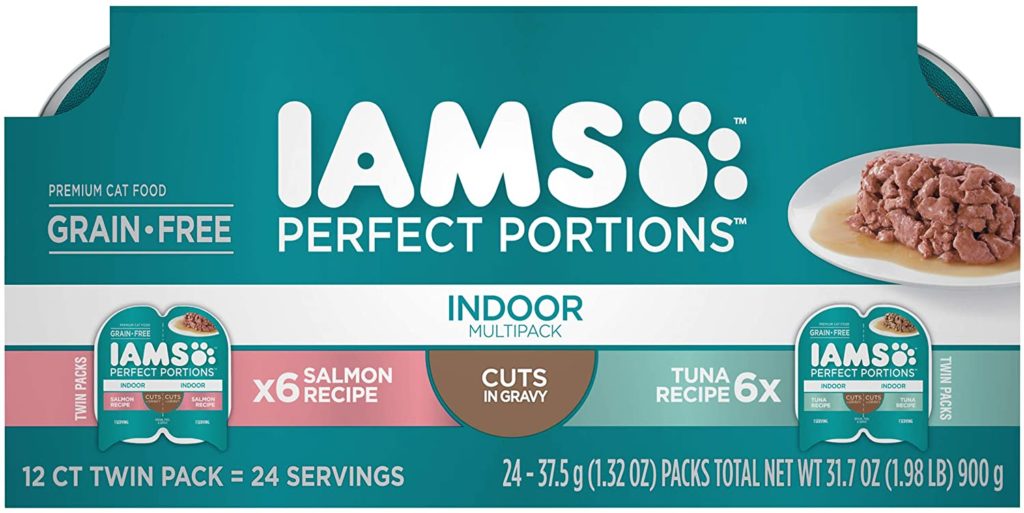
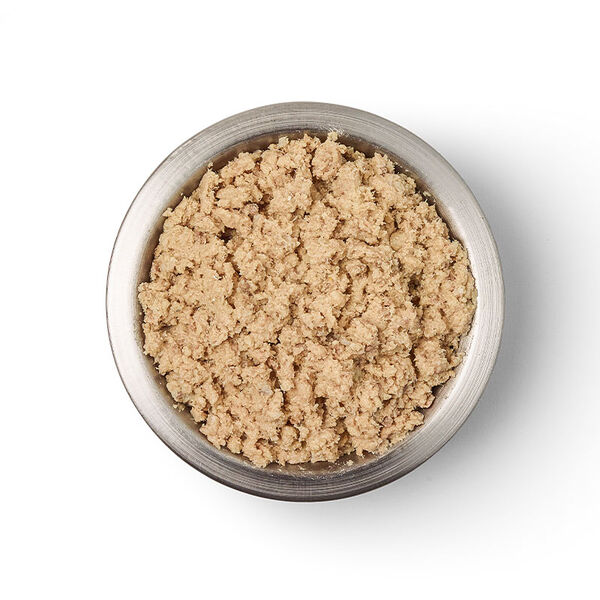
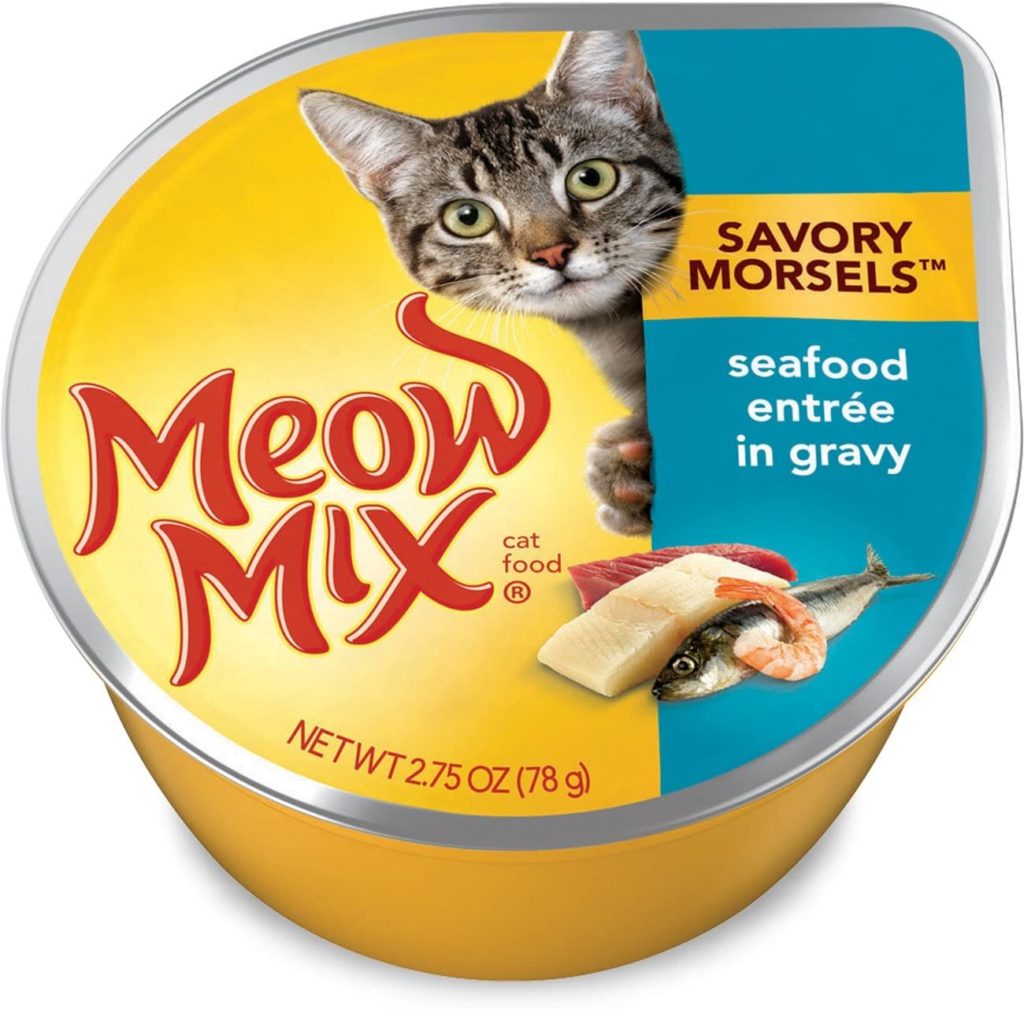
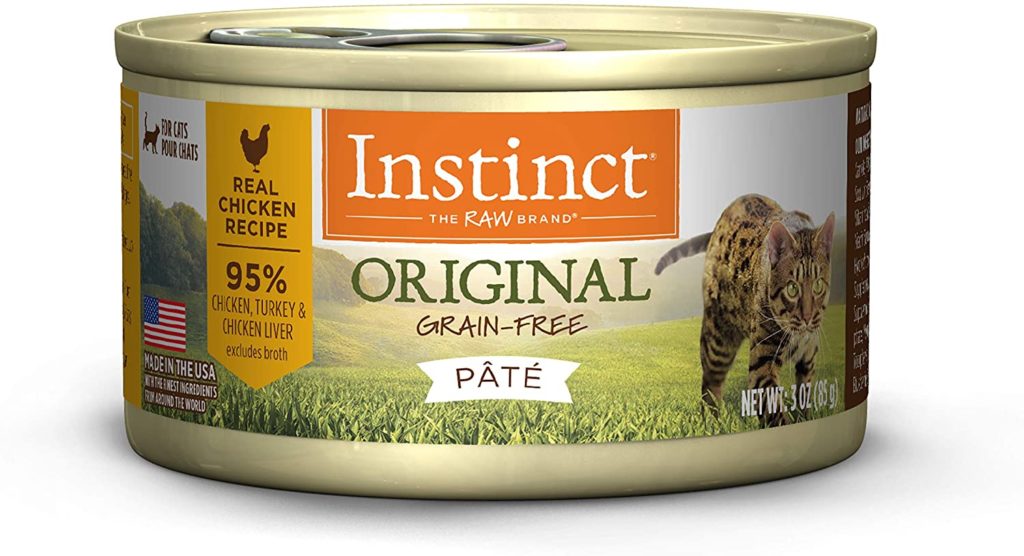
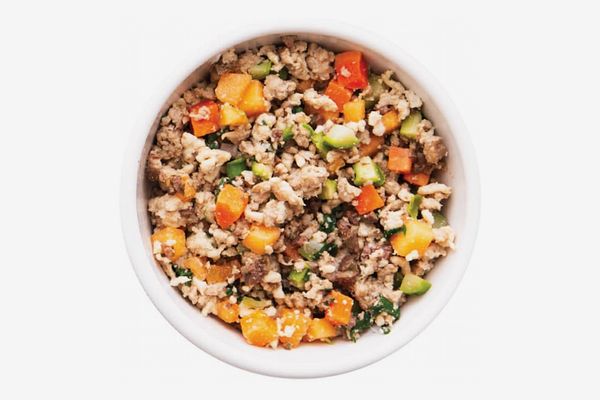
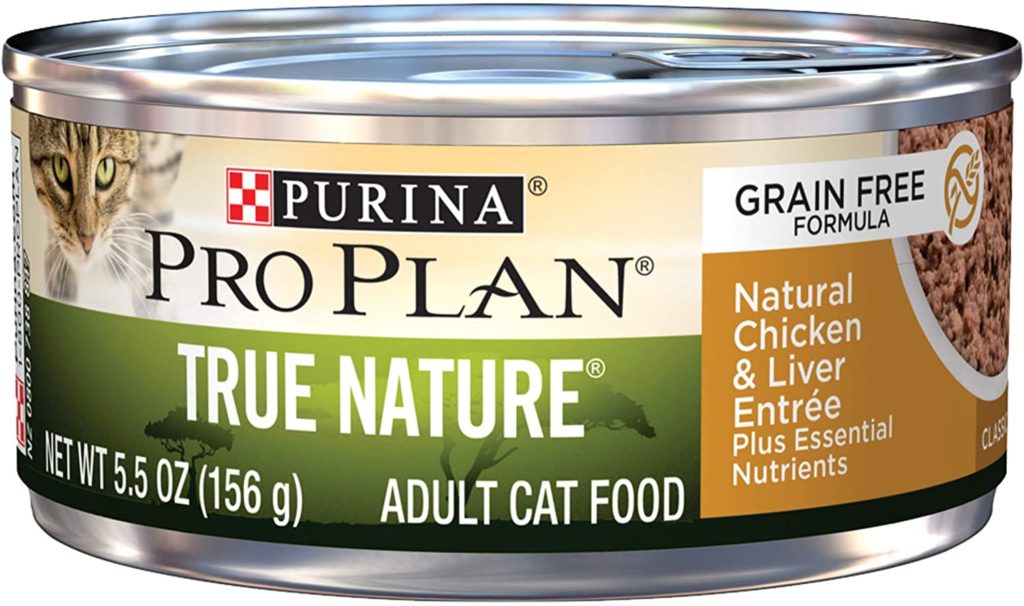
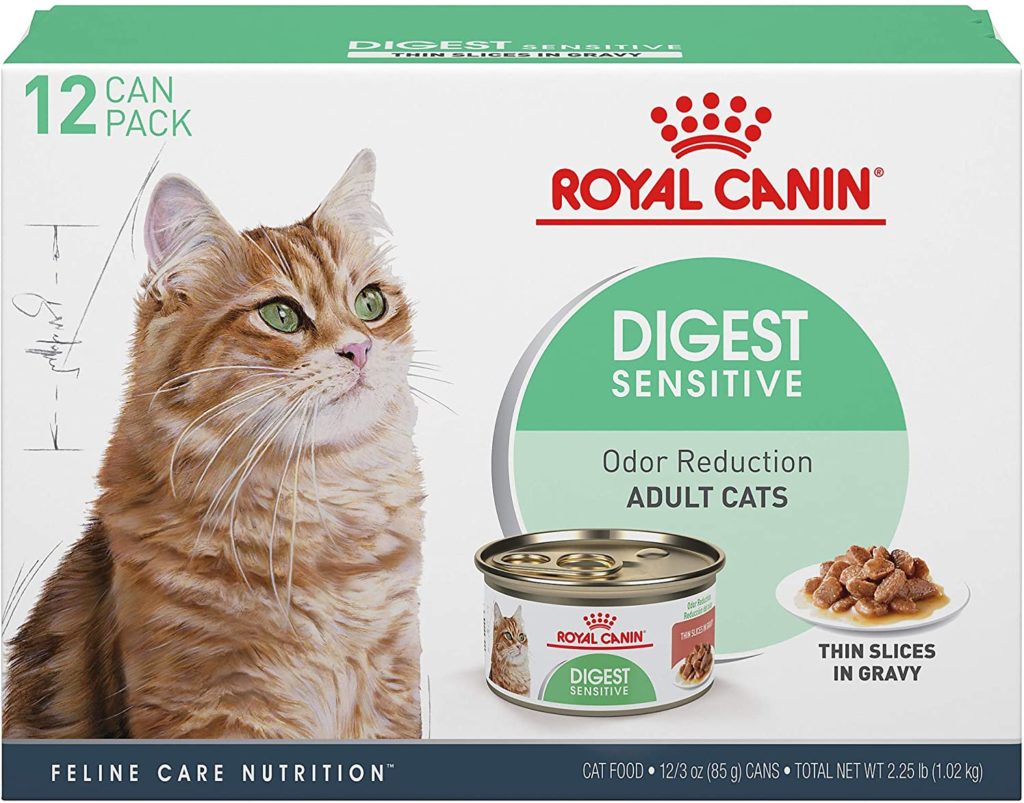
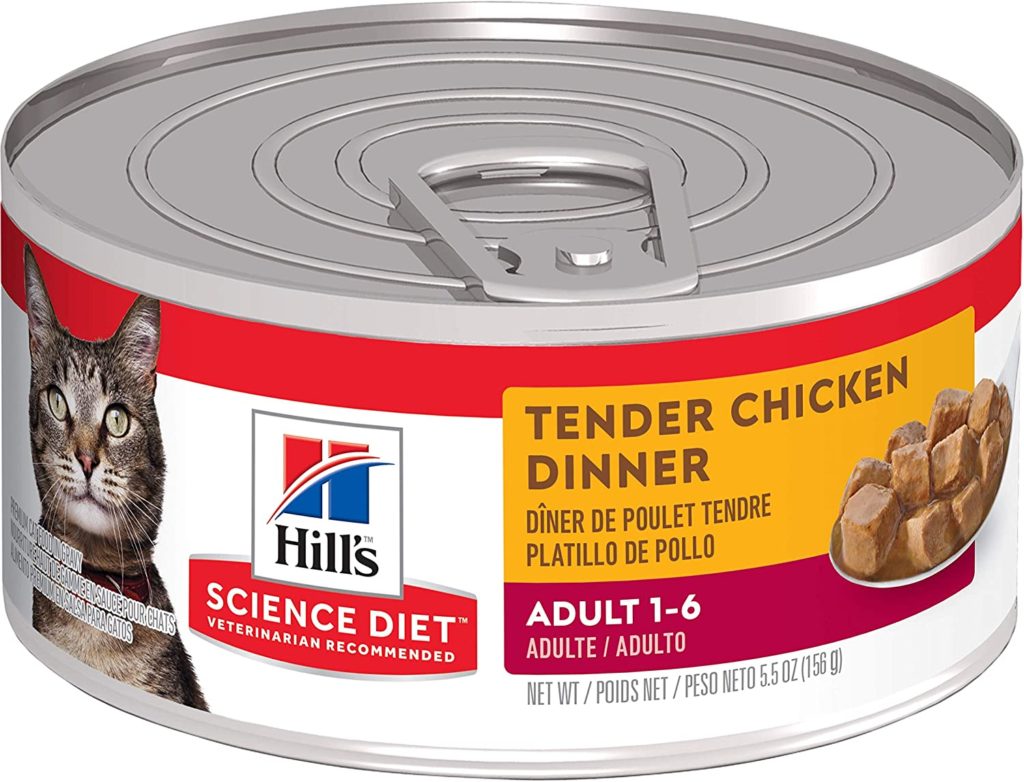
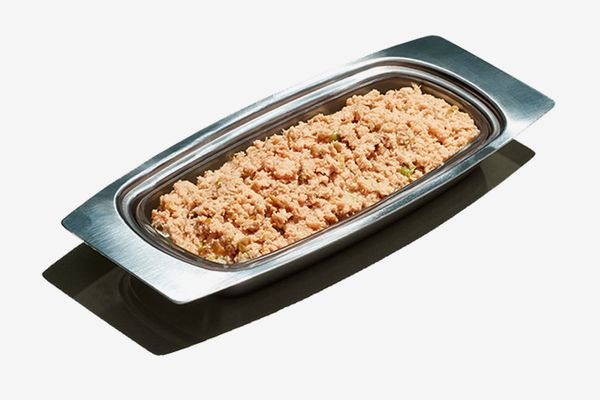
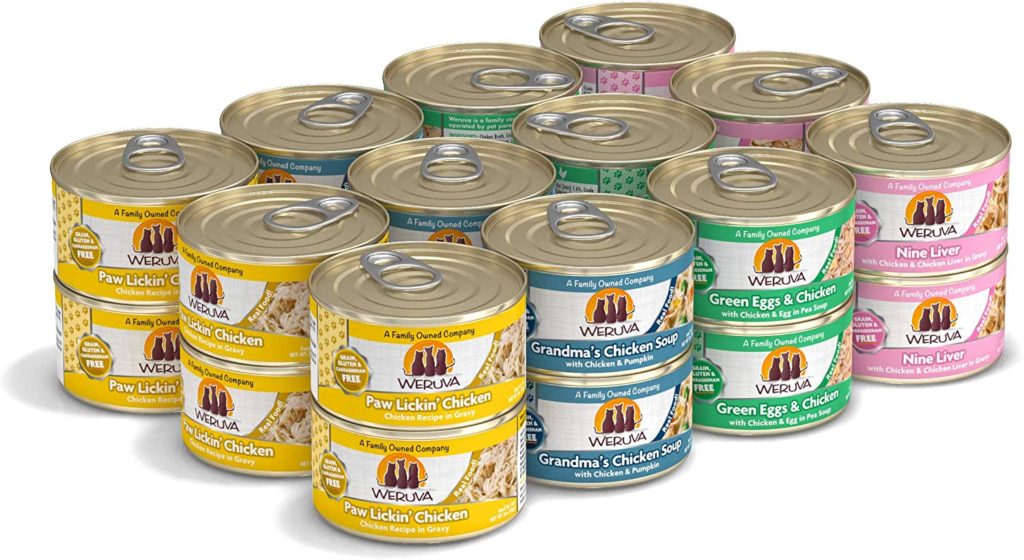
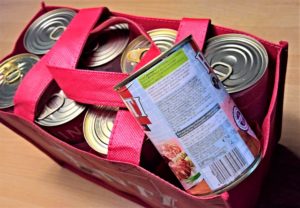
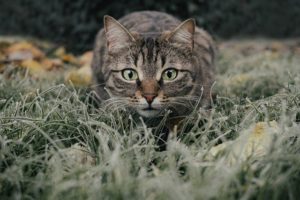

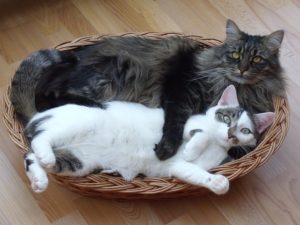
No comment yet, add your voice below!